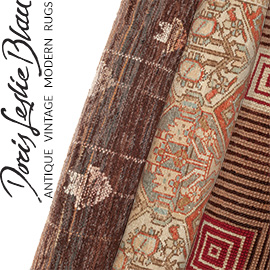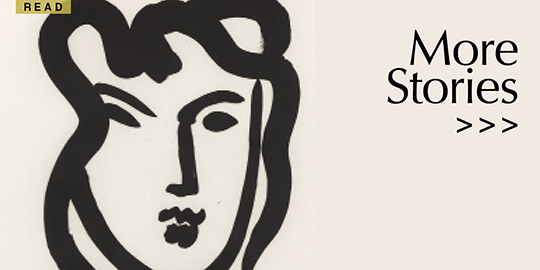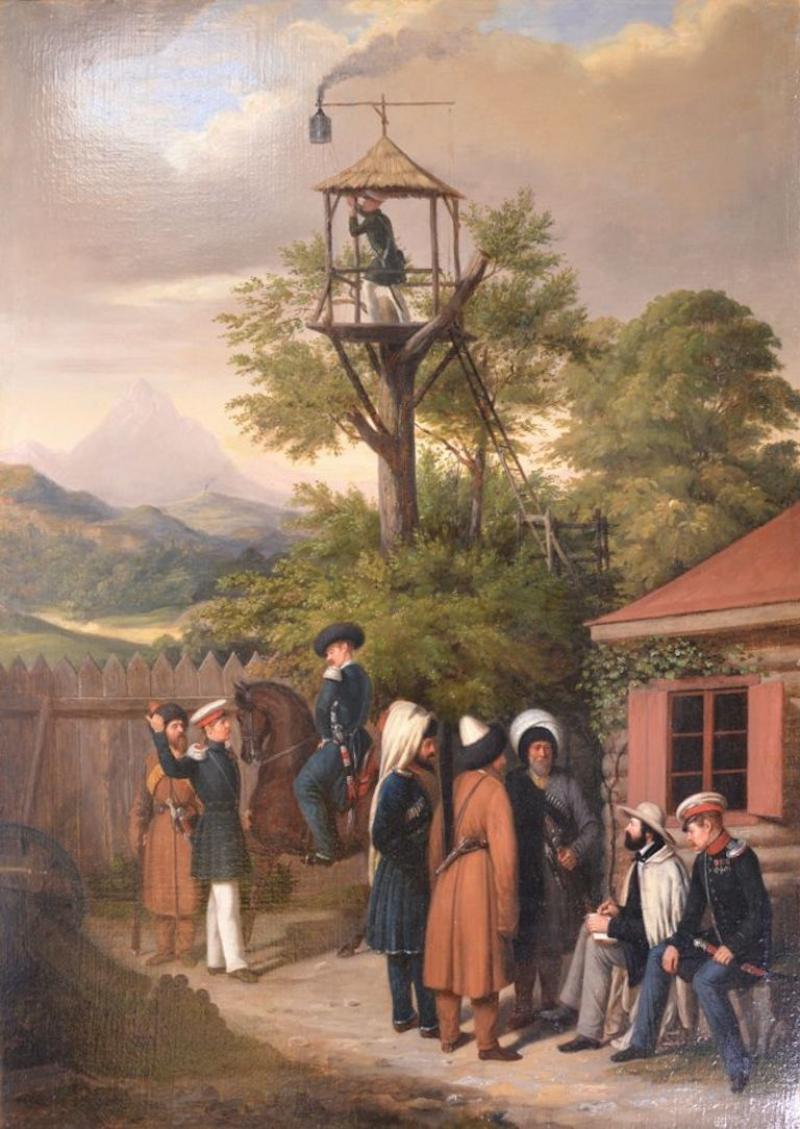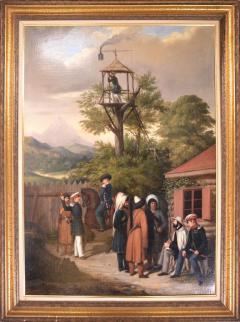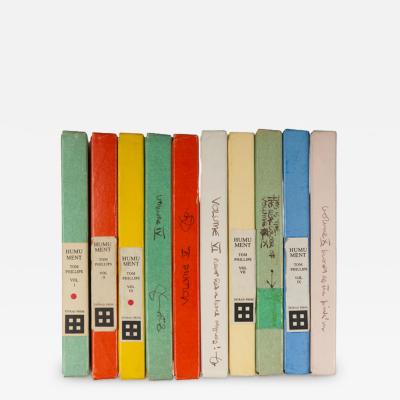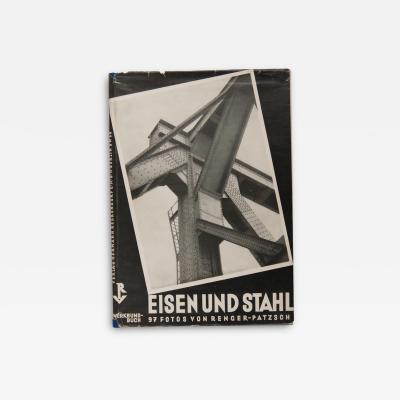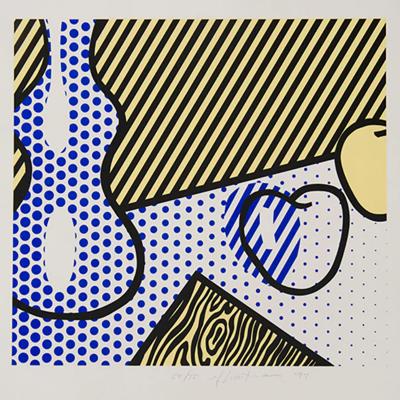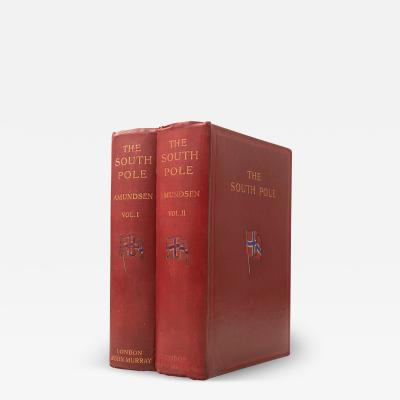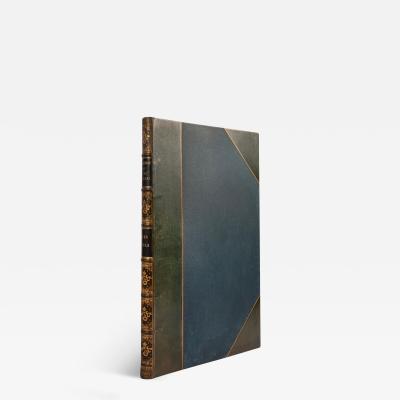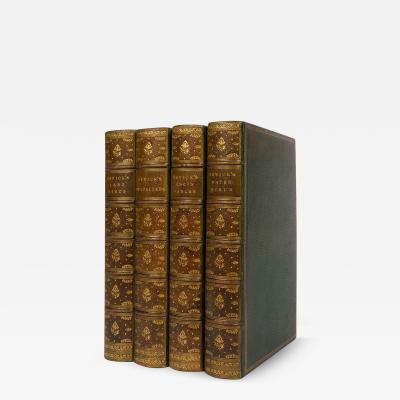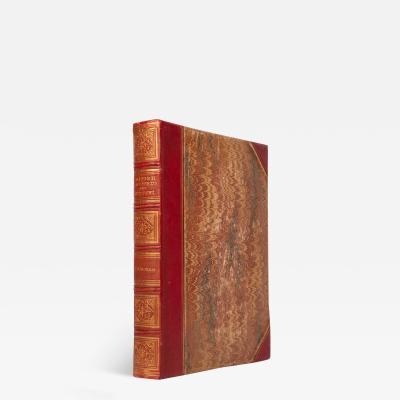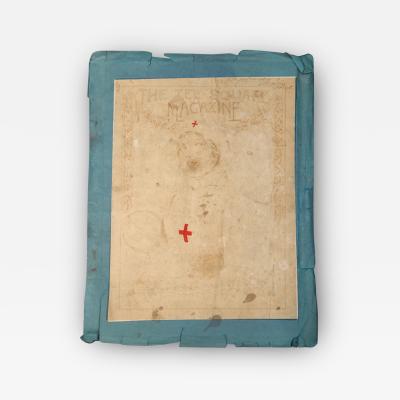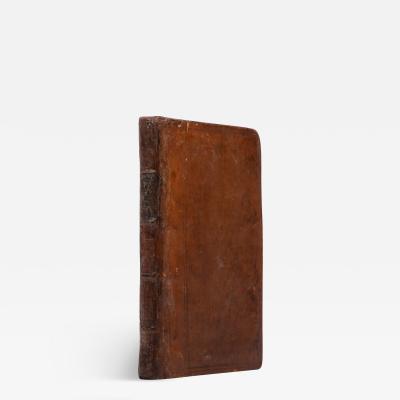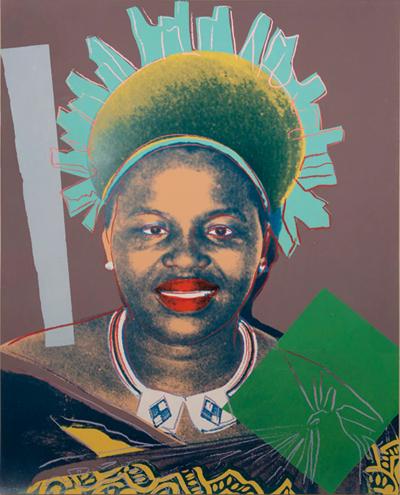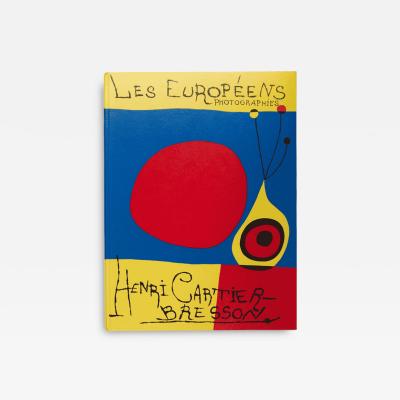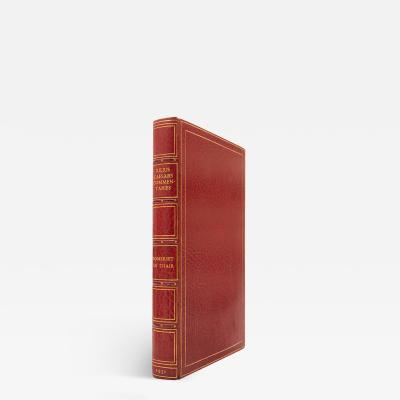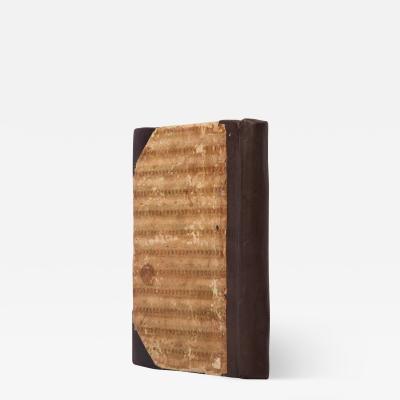Russian Officers and Cossacks at a Military Outpost in the Caucasus.
-
Description
Russian Officers and Cossacks at a Military Outpost in the Caucasus.
Stock Code 102124
1850
The dramatic landscape of the Caucasus was an amphitheatre for Russian military action for most part of the 19th century. With the assistance of Terek and Kuban Cossacks as represented here, the struggle for domination over the local tribesmen did not end until 1864.
The mountains may be likened to a mighty fortress, marvellously strong by nature, artificially protected by military works, and defended by a numerous garrison. Written by General A. A. Veliaminov in 1828 in a memoir which advocated the use of powerful military force to subdue the tribes of the north Caucasus. The extension of a fortified line farther and farther towards the high peaks, using it as a base for attacks, was essential to Veliaminov's strategy of conquest.
'The line', as it was often simply called, began in the mid-eighteenth century as a defensive string of forts, Cossack villages, and observation towers. There were even concealed outposts Cossacks would hide at night; if they heard the approach of threatening groups of tribesmen, they sent a signal to the nearest tower or Cossack village. Then bells would be rung, shots fired, wood bundled with resin soaked tow set ablaze set ablaze as a smoke signal, and Cossacks and troops would rush to break the line.
Such an instance of sending out smoke signals across 'the line' is depicted here by the French artist Pierre-Mathurin Pétraud (1808-1880). Originating from Bordeaux where he focused on portraiture he later travelled extensively through the Middle East, Asia Minor and Crimea.
The Cossacks and Imperial Army Officers are seen here with shaskhas, a traditional curved sword with a rounded hilt and decorative scabbard. Originating in the mountain tribes of the Caucasus from as early as the 17th century the Russian army took to producing their own from 1834 onwards and they even became something of a Russian national symbol. Having encountered the shashkha against the Circassians the officers and cavalrymen found them much easier to use than their issued sabres.
Description
Oil on canvas. Framed (105.5 x 82 cm).
Stock ID:102124 -
More Information
Documentation: Documented elsewhere (exact item) Period: 19th Century Materials: Oil on canvas Creation Date: 1850 Styles / Movements: Traditional Dealer Reference #: 102124 Incollect Reference #: 606802 -
Dimensions
W. 32.28 in; H. 41.54 in; W. 82 cm; H. 105.5 cm;
Message from Seller:
Based in the heart of Mayfair in London, we specialise in prints and original works on paper across a broad range of subjects, from antique prints to modern pochoir plates, as well as photographs from vintage photography to modern art photography.








